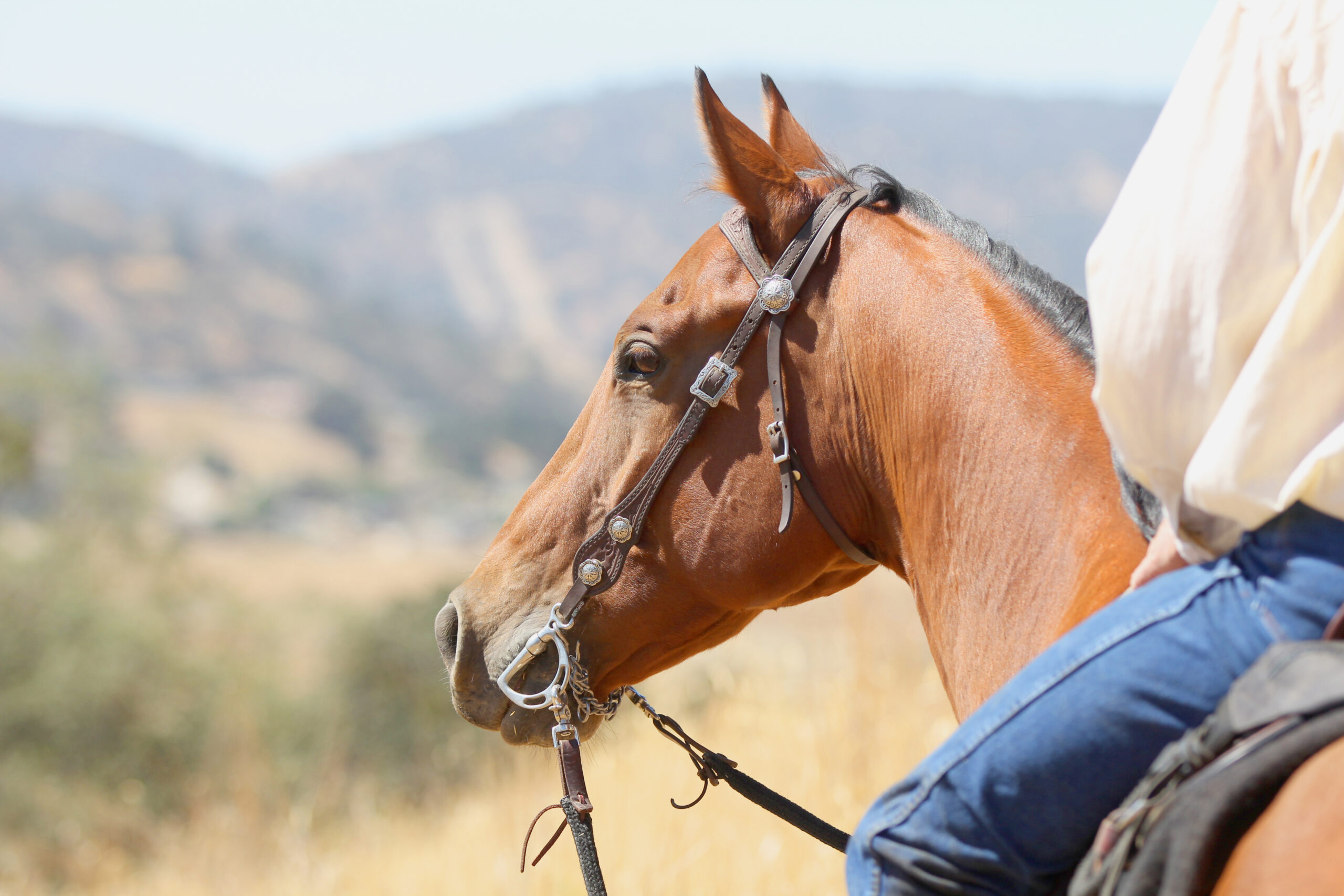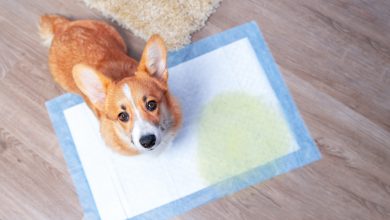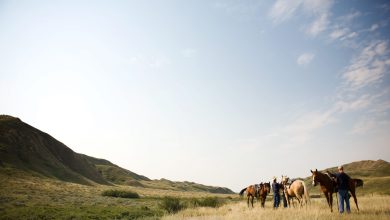
When venturing out on a trail rides, it’s essential to prioritize the safety and well-being of both you and your horse. Regardless of how experienced you both are, accidents and unexpected injuries can occur in any outdoor setting. This makes it crucial for trail riders to be prepared with a well-equipped first-aid kit specifically tailored for horses.

A comprehensive first-aid kit serves as a vital resource for addressing everything from minor mishaps to providing initial care in emergency situations. From basic wound care essentials to specialized equine medical supplies, assembling a thoughtfully curated first-aid kit is not only a practical necessity but also a reflection of your responsible horsemanship.
It’s not enough to carry the first-aid kit. You must also know how to use the items in it. This also calls on you to have a working knowledge of understanding and checking your horse’s vital signs. Familiarize yourself with your horse’s baseline health so that you can spot issues if they arise.
[Learn How to Check Your Horse’s Vital Signs]Here are a few things we recommend you carry in your trail riding first-aid kit.
Stethoscope. To take your horse’s heart rate and listen to his gut sounds (colic signs).
Watch with second hand. To measure heart and respiratory rates. (Your smart phone can also serve this purpose.)
Thermometer. To take your horse’s rectal temperature; a digital model is handiest.
Penlight or flashlight. Helps in dim light to check the capillary refill time of your horse’s gums, or examine his eyes or
a wound. (A smart phone’s flashlight app is also terrific for this purpose.)
Betadine scrub. To cleanse wounds.
Betadine solution. To flush out wounds, when diluted with water to a weak-tea color (no stronger than one part betadine to 10 parts water).
Saline solution. To flush an injured or irritated eye. May also be used to flush or clean a wound.
Dosing syringe. To administer oral medications or to flush a wound.
Antibiotic wound ointment. To dress a wound or treat superficial abrasions.
Bandage material. To apply a wrap to a wound or swollen leg. Include three to four sheet cottons, 6-inch brown gauze, self-adhering elastic wrap, self-adhesive tape, and several nonstick wound dressings.
Bandage scissors. For bandaging and other cutting needs.
Disposable gloves. To make messy applications and other jobs easier and more sanitary.
Nail puller. To remove a shoe.
Duct tape. For MacGyvering just about anything.



